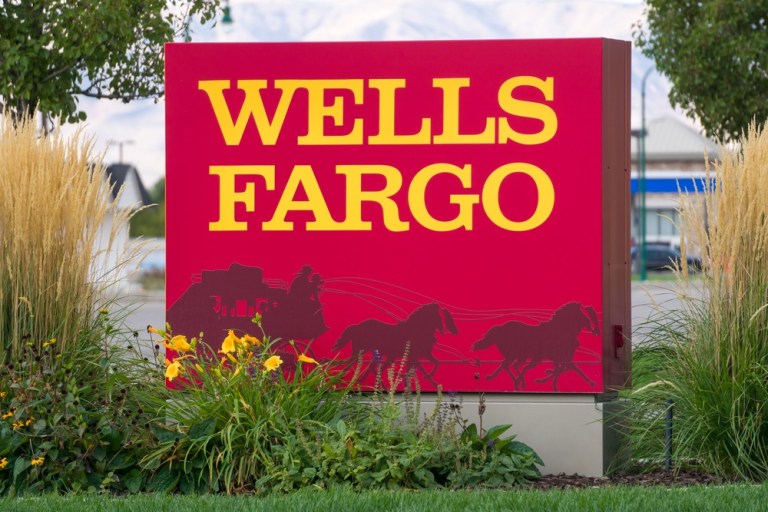
Wells Fargo & Co., the embattled bank, is reportedly overhauling its auto lending unit in an effort to control risk.
According to a news report in Reuters, citing an internal memo, with the restructuring, Wells Fargo will phase out 57 regional offices in the U.S. and get rid of the regional manager positions in the impacted offices. The lending staff in the offices will be relocated to central offices in Chandler, Arizona, and Irving, Texas, noted the report. The credit underwriting staffers and salespeople will stay in the local markets with new management.
The bank is also mulling changing the name of the auto lending unit from Wells Fargo Dealer Services to better reflect that it provides services to both consumers and dealers, a person familiar with the matter revealed.
“This decision was made with careful consideration for our team members, dealer relationships and consumer customers and will take several months to complete as we work to position Dealer Services for future growth in an evolving marketplace,” spokeswoman Catherine Pulley said in an emailed statement to Reuters. She wouldn’t comment on whether or not there will be a name change to the unit.
Reuters noted that earlier in 2017, the bank consolidated its auto loan collection staff, which could ultimately result in hundreds of jobs being cut. Wells Fargo is making the changes as it moves away from auto lending in a big way and aims to centralize its risk management.
The moves comes on the heels of a fake account scandal in which employees had opened scores of fake accounts without customers’ permission.
Earlier this month, Wells Fargo agreed to settle a class action lawsuit over the scandal for $142 million, according to a recent NPR news article. Individual compensation will depend on the actual financial harms customers suffered from the false accounts opened in their names. A customer hit with an improper $35 overdraft fee, for example, will be entitled to less in settlement funds that a customer who saw his credit score damaged so much he was forced to pay higher interest rates on loans.